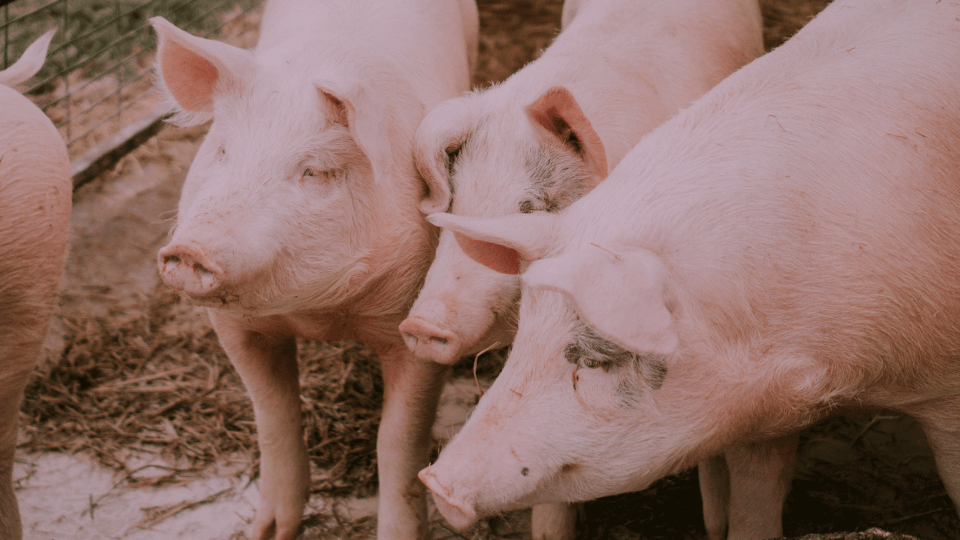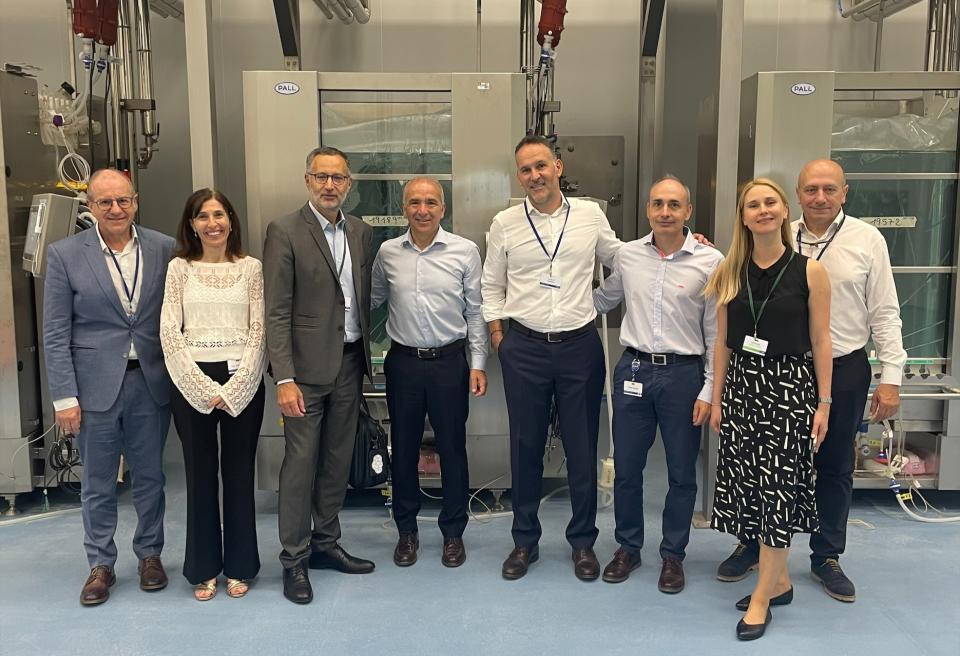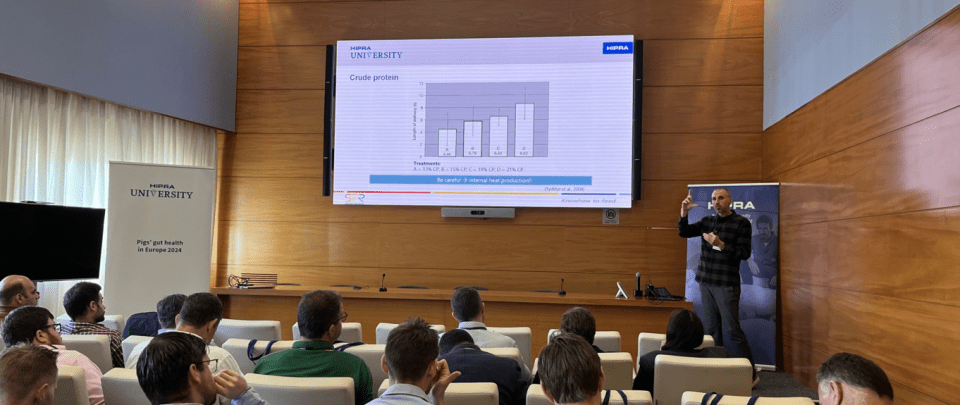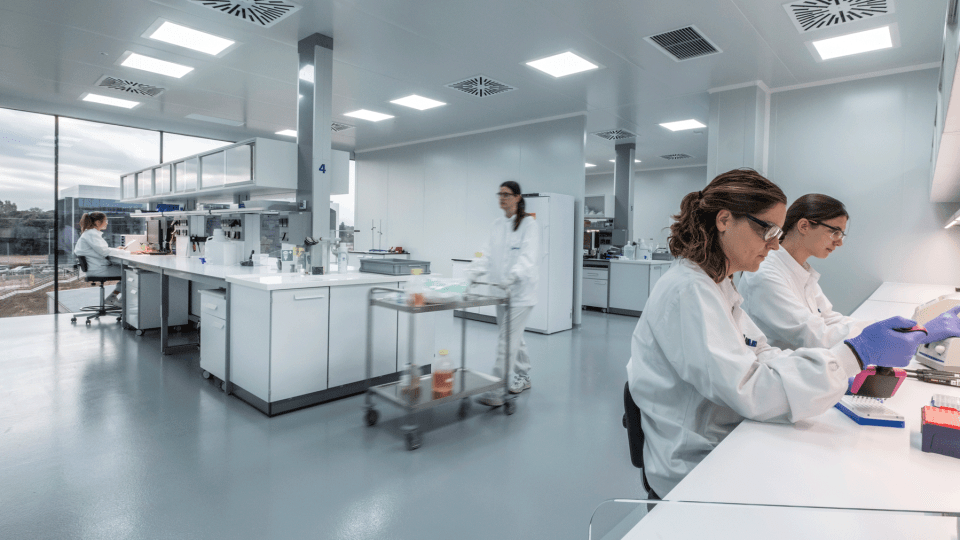AETIOLOGY:
Photobacterium damselae subsp. Piscicida is a gram-negative, rod-shaped bacterium (bacillus) that causes pasteurellosis, also known as Photobacteriosis.
It was first isolated in the Chesapeake Bay (USA) and has since been observed in a large number of species in Europe, Asia and North America, representing a limiting factor of the fish farming industry.
This microorganism is temperature-dependent and is usually active when water exceeds 18-20 °C. Below this temperature, the fish is a carrier but does not develop the disease or does so sub-clinically.
TRANSMISSION:
The transmission of the disease is mainly through horizontal mechanisms. Direct transmission between fish living in the same hatchery is very common, through water and especially if the fish suffer from lesions, via the faecal-oral route and/or cannibalism of affected dying fish.
PATHOGENICITY AND TREATMENT:
Pasteurellosis is also known as photobacteriosis, as it is caused by the halophilic bacterium Photobacterium damselae subsp. piscicida. Bacterial colonies grow in the organs of infected fish such as the liver, kidney or spleen, resulting in the appearance of white granulomas in the viscera. External characteristic symptoms are weight loss in affected fish, a darkening of the skin and localised necrosis in the gills, although some of these symptoms may be absent if the disease manifests in its acute form.
It causes eventual mortality of the affected fish, resulting in severe losses for the fish farming industry. The disease is difficult to eradicate by antibiotic treatment, and there is evidence that carriers may suffer reinfection under stress. This stress is related to inadequate water temperature and salinity, mixing of species, overcrowding, lack of oxygen, toxic agents in the environment (nitrogen and chlorine derivatives, etc.), improper diet, etc.
DIAGNOSIS:
- Identification of the causal agent: bacterial culture using samples of the target organs or swabs (liver, spleen, kidney).
PREVENTION AND CONTROL:
Biosafety is the first barrier to prevent the introduction of pathogens in fish farms. Thus, maintaining adequate microbiological quality, controlling the sanitary condition of the water and sediment, and regularly disinfecting all production units is of utmost importance.
- Therefore, the vaccination of susceptible populations has become the best choice for controlling pasteurellosis.
BIBLIOGRAPHY:
- Francesca Andreoni and Mauro Magnani. Review: Photobacteriosis: Prevention and Diagnosis (Hindawi Publishing Corporation, Journal of Immunology Research, Volume 2014, Article ID 793817, 7 pages).
- JL Romalde: Photobacterium damselae subsp. piscicida: an integrated view of a bacterial fish pathogen - International Microbiology, 2002 - Springer



























